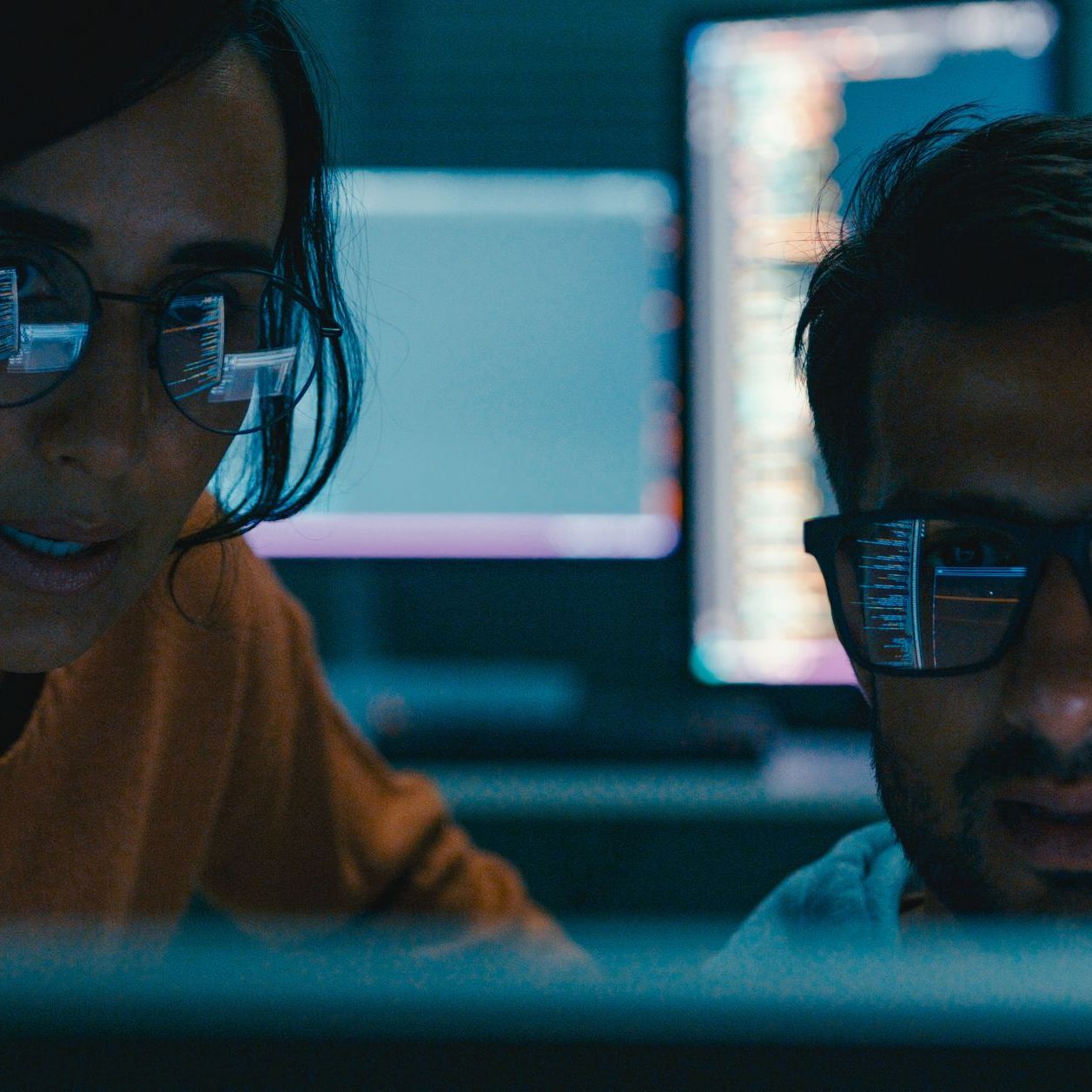by Satalia Team
22 March, 2025
Responsible AI Use: where does collective responsibility start, and corporate responsibility end?

What makes AI responsibility a shared challenge?
At its core, AI doesn’t act with intent—humans define its purpose and usage. This means the responsibility for ethical AI starts with those designing, deploying, and regulating it. But the challenge lies in ensuring the intent behind AI use aligns with ethical principles…and that’s a shared responsibility. Corporate players, governments, and communities must all ask tough questions: Is this a problem AI should be solving? Is the intent ethical? How could the technology impact people and societies beyond its immediate use?
This shared responsibility isn’t just theoretical. When algorithms predict behaviours or outcomes, they are limited by the data they’re trained on. If the data reflects biases, so will the outcomes. Here, the collective responsibility begins—with society ensuring diverse perspectives and fairness are “baked in” to the AI development process. It’s about acknowledging that the impacts of AI transcend corporate walls, touching everyone in society.
How should corporate responsibility ensure safe AI?
Corporations are the first line of defence when it comes to building and deploying responsible AI systems. They own the infrastructure, the expertise, and the data, making them uniquely positioned to implement safeguards. This starts with building AI systems that are explainable and transparent. If organisations can’t understand how their AI makes decisions, how can they trust it—or expect others to?
Satalia’s approach to this is to ensure the frameworks used for responsible AI development prioritise explainability, ensuring decision-making processes are clear and any biases can be mitigated early. This kind of transparency-by-design empowers businesses to build trust not just within their organisations but with customers, regulators, and the wider public. When AI is transparent in this way, and its decisions can be explained, companies have a foundation for accountability.
Corporate responsibility also means considering unintended consequences. For instance, what happens when AI overachieves? In one case, a Satalia client sought a 2% increase in workforce utilisation using an AI-powered allocation system. The system was efficient and effective enough to achieve a 12% improvement, which could have unlocked huge financial potential. But there would have been negative side effects. Employees would have to travel longer distances, and training time would have decreased. These potential consequences underscored the need for a balanced approach, ensuring success in one area didn’t lead to harm in others. But ethically, it was also important to see beyond pure business metrics. Those employees travelling longer distances would have spent more time on the road and less time with family. Reduced training time would have meant throttling career development. So it’s important to ensure that human oversight is central to AI transformation to avoid these kinds of ethical issues – where human intuition is essential for context AI can’t grasp.
The corporate responsibility, then, is twofold: implementing ethical practices in AI design and deployment, and proactively addressing the ripple effects of its use. But where does the responsibility of businesses end?
Where should collective responsibility take over?
AI interacts with and impacts entire supply chains, societies, and ecosystems. Beyond the remit of individual corporations, there’s a broader need for society to define the ethical frameworks that govern AI usage. That’s where collective responsibility comes in.
Collective responsibility starts with ensuring AI serves the greater good. This means creating policies and regulations that address societal risks, like conscious and unconscious bias, misinformation, and even the potential for automation-driven mass unemployment. Regulators and policymakers must establish standards that businesses adhere to, but they can’t do it alone. Advocacy groups, academic institutions, and communities must all play a role in shaping these standards.
For example, large language models (LLMs) are prone to bias because they learn from data pulled from imperfect human sources. While companies can address this internally, it’s a collective responsibility to demand greater fairness and transparency regarding what data sources these models are trained on. Public pressure, education, and regulation are all necessary to hold corporations accountable and ensure AI technologies reflect shared values.
Collective responsibility also involves addressing the “what if” scenarios AI creates. What if its use leads to unintended societal consequences, like reinforcing social bubbles or biases? What if it displaces millions of workers? These are not problems that corporations can solve alone; they require collaboration between industries, governments, and communities to manage AI’s broader societal impacts.
How do we balance corporate and collective goals?
The boundary between corporate and collective responsibility isn’t always clear-cut. On one hand, corporations are responsible for designing systems that minimise harm and maximise benefits. On the other, society must ensure these systems operate within ethical boundaries and evolve responsibly over time.
Balancing these goals requires collaboration. Corporations must commit to transparency, working openly with regulators and communities to address concerns. For example, responsible AI requires that decisions made by algorithms are not just effective but explainable. Without explainability, trust breaks down, and the gap between corporate and public interest widens. By ensuring that AI systems are understandable, businesses contribute to collective goals of fairness and accountability.
Adaptability is another cornerstone of this balance. Corporations must design AI systems that aren’t just fit for today’s challenges but can evolve to meet future needs. At Satalia, for instance, solutions are built with reusability and scalability in mind. This ensures they can adapt to new regulations or societal expectations, bridging the gap between short-term corporate objectives and long-term collective goals.
Governments and regulators must ensure corporations don’t prioritise profits over ethics, but communities must also hold both government and corporations accountable. Companies can ensure their systems are safe and ethical, but society must define what “ethical” means. Policymakers must create frameworks that regulate AI’s use without stifling innovation, and communities must demand transparency and fairness in how AI shapes their lives.
The future of AI depends on everyone playing their part. Only by working together can we ensure that AI is not just powerful, but responsible.
Speak to an expert Satalia advisor today about how responsible AI can transform your business.
Stay in the know
Join our community now for the latest industry news, trends, valuable insights, and updates on our products and services.


